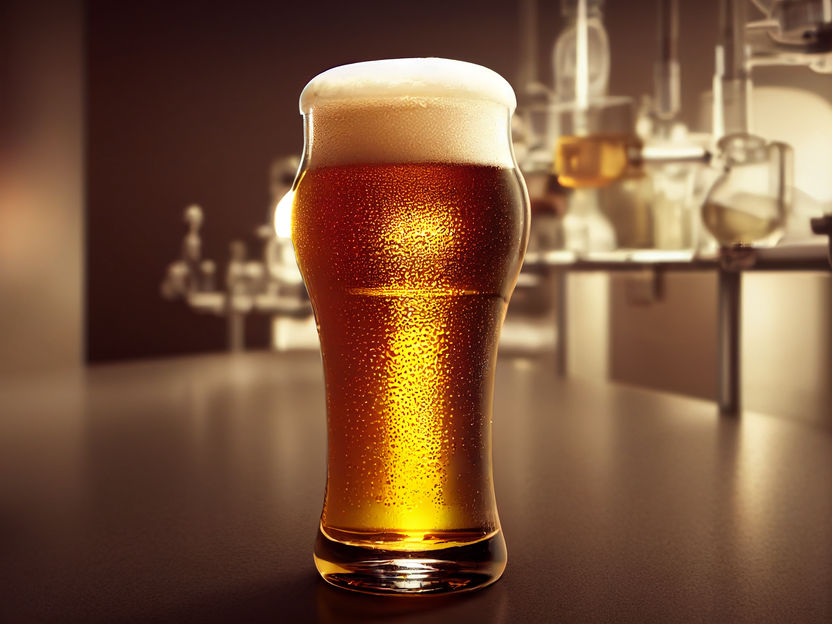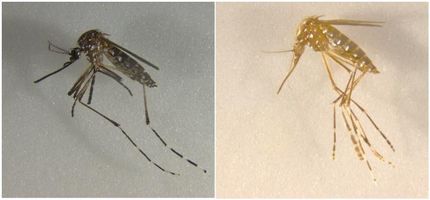Microbiologists improve taste of beer
Belgian investigators have improved the flavor of contemporary beer by identifying and engineering a gene that is responsible for much of the flavor of beer and some other alcoholic drinks. The research appears in Applied and Environmental Microbiology, a journal of the American Society for Microbiology.

symbol picture
Computer generated picture
For centuries, beer was brewed in open, horizontal vats. But in the 1970s, the industry switched to using large, closed vessels, which are much easier to fill, empty, and clean, enabling brewing of larger volumes and reducing costs. However, these modern methods produced inferior quality beer, due to insufficient flavor production.
During fermentation, yeast converts 50 percent of the sugar in the mash to ethanol, and the other 50 percent to carbon dioxide. The problem: the carbon dioxide pressurizes these closed vessels, dampening flavor.
Johan Thevelein, Ph.D., an emeritus professor of Molecular Cell Biology at Katholieke Universiteit, and his team had pioneered technology for identifying genes responsible for commercially important traits in yeast. They applied this technology to identify the gene(s) responsible for flavor in beer, by screening large numbers of yeast strains to evaluate which did the best job of preserving flavor under pressure. They focused on a gene for a banana-like flavor “because it is one of the most important flavors present in beer, as well as in other alcoholic drinks,” said Thevelein, who is also founder of NovelYeast, which collaborates with other companies in industrial biotechnology.
“To our surprise, we identified a single mutation in the MDS3 gene, which codes for a regulator apparently involved in production of isoamyl acetate, the source of the banana-like flavor that was responsible for most of the pressure tolerance in this specific yeast strain,” said Thevelein.
Thevelein and coworkers then used CRISPR/Cas9, a revolutionary gene editing technology, to engineer this mutation in other brewing strains, which similarly improved their tolerance of carbon dioxide pressure, enabling full flavor. “That demonstrated the scientific relevance of our findings, and their commercial potential,” said Thevelein.
“The mutation is the first insight into understanding the mechanism by which high carbon dioxide pressure may compromise beer flavor production,” said Thevelein, who noted that the MDS3 protein is likely a component of an important regulatory pathway that may play a role in carbon dioxide inhibition of banana flavor production, adding, “how it does that is not clear.”
The technology has also been successful in identifying genetic elements important for rose flavor production by yeast in alcoholic drinks, as well as other commercially important traits, such as glycerol production and thermotolerance.
Original publication
Other news from the department science

Get the life science industry in your inbox
By submitting this form you agree that LUMITOS AG will send you the newsletter(s) selected above by email. Your data will not be passed on to third parties. Your data will be stored and processed in accordance with our data protection regulations. LUMITOS may contact you by email for the purpose of advertising or market and opinion surveys. You can revoke your consent at any time without giving reasons to LUMITOS AG, Ernst-Augustin-Str. 2, 12489 Berlin, Germany or by e-mail at revoke@lumitos.com with effect for the future. In addition, each email contains a link to unsubscribe from the corresponding newsletter.






















































